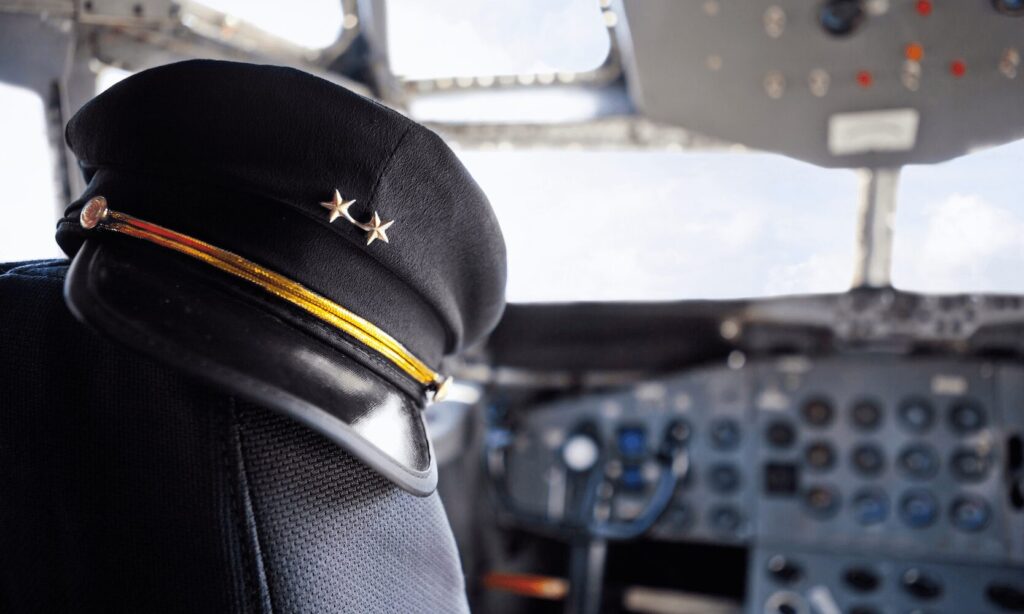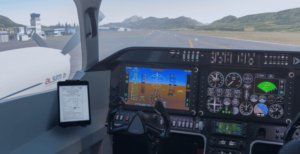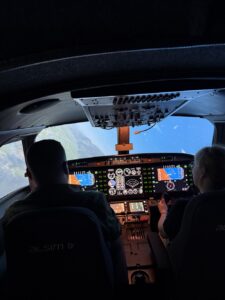Being an airline pilot is a challenging profession that requires precise management of work and rest hours. The number of hours a pilot works is regulated by various rules and standards to ensure the safety of both the crew and passengers. In this article, we will discuss how many hours airline pilots work, the regulations governing their working hours, and the factors influencing these regulations.

Regulations on Pilot Working Hours
Pilot working hours are strictly regulated by international and national regulations. The main regulatory bodies include:
- International Civil Aviation Organization (ICAO).
- European Union Aviation Safety Agency (EASA).
- Federal Aviation Administration (FAA) in the United States.
Each of these organizations sets rules for maximum working hours and minimum rest periods for pilots.
Maximum Working Hours and Minimum Rest Periods
The regulations vary by region, but the general standards are similar. Here are examples of the regulations:
- ICAO: Recommends that a pilot’s working hours should not exceed 14 hours in one day, with a minimum rest period of 10 hours.
- EASA: Pilots cannot work more than 60 hours in a week, 190 hours in 28 days, and 1000 hours in a year.
- FAA: A pilot’s working hours cannot exceed 30 hours in 7 days, 100 hours in 28 days, and 1000 hours in a year.
Factors Affecting Pilot Working Hours
Several factors influence how many hours a pilot works:
- Type of Flight: Long-haul flights require longer working hours but are usually staffed with larger crews to allow rotation and rest.
- Weather Conditions: Adverse conditions can force changes in flight plans, affecting a pilot’s working hours.
- Delays and Cancellations: Unforeseen events can extend the crew’s working hours.
- National Regulations: Each country may have additional regulations regarding pilot working hours.
Practice in Airlines
Airlines are required to strictly adhere to regulations regarding pilot working and rest hours. Scheduling flight rosters is crucial to ensuring that pilots are rested and capable of performing their duties safely.
Examples of practices used by airlines include:
- Crew Rotation: On long-haul routes, two or more crews are often used, allowing them to switch during the flight.
- Fatigue Monitoring: Systems that monitor pilot fatigue and adjust flight schedules as needed.
- Training and Support: Regular training on fatigue management and psychological support for the crew.
Conclusion
The working hours of airline pilots are strictly regulated to ensure flight safety. International and national regulations set maximum working hours and minimum rest periods. Airlines must comply with these regulations, and various factors can influence the actual working hours of pilots. With proper management of working and rest hours, pilots can perform their duties safely and efficiently.





